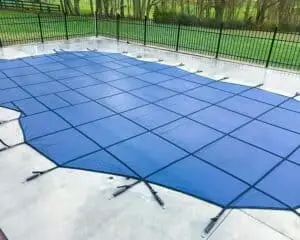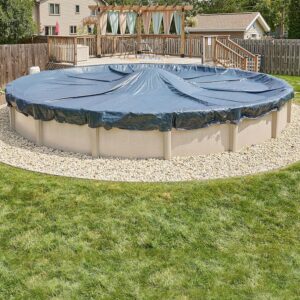A sparkling pool is the heart of any backyard retreat, but behind that shimmer is a hardworking salt cell quietly keeping your water clean and inviting. Like any essential piece of pool equipment, your salt cell won’t last forever. Knowing when it’s time for a replacement can save you from murky water and endless maintenance headaches.
Let’s break down the signs that your salt cell is ready for retirement and how to choose the right new one for your pool.
Understanding Your Salt Cell’s Role
A salt cell, also known as a saltwater chlorinator cell, is the engine behind your pool’s self-sanitizing magic. It converts dissolved salt into chlorine, constantly working to keep your water sanitized and swimmer-friendly. But even the best salt cells have a limited lifespan, typically lasting between three and seven years depending on water chemistry, usage, and maintenance habits.
Clear Signs Your Salt Cell Needs Replacing
If your pool isn’t quite as pristine as usual, your salt cell could be trying to tell you something. Here are the most common signs that it’s time to consider a replacement:
Declining Chlorine Levels
If your pool’s chlorine levels are dropping despite proper salt levels and regular maintenance, your salt cell may not be converting salt into chlorine as efficiently as it should.
Stubborn Mineral Buildup or Scaling
Take a look inside your salt cell. If you see persistent white or greenish scale deposits that don’t come off with cleaning, the cell’s performance is likely compromised.
Age of the Cell
Most salt cells last three to seven years, though some high-end models may stretch a bit longer with perfect care. If your cell is approaching or past this range, it’s wise to plan for a replacement before issues arise.
Inconsistent or Low Salt Readings
Modern chlorinators often display salt and chlorine production levels. If these readings become erratic or consistently low—even after adding salt and cleaning the cell—it’s a strong indicator the cell is wearing out.
Increased Pool Maintenance
Are you constantly fighting algae or cloudy water despite diligent upkeep? A failing salt cell may not be generating enough chlorine to keep your pool in top shape.
Physical Damage or Corrosion
Check for corroded or disconnected plates inside the cell. While some buildup can be cleaned, significant wear or broken plates mean it’s time for a new cell.
Why Do Salt Cells Wear Out?
Salt cells work through electrolysis, using coated metal plates (often titanium with a special coating) to convert salt to chlorine. Over time, the coating wears away, reducing conductivity and chlorine production. Poor water chemistry—especially high calcium, pH, or total alkalinity—can speed up this process, as can heavy pool use or long operating hours.
Choosing a Replacement Salt Cell
Ready to swap out your old cell? Today’s salt cells offer improved features such as:
- Self-Cleaning Technology: Reduces manual cleaning and extends cell life.
- Advanced Monitoring: Digital displays and smart alerts make it easier to track performance.
- Extended Warranties: Look for models with robust warranties for peace of mind.
- Compatibility: Make sure your new cell matches your pool system’s brand and model for seamless installation.
If you’re unsure which cell fits your system, consult your pool supply expert or manufacturer for guidance.
Final Thoughts
Your pool is more than just water—it’s your personal escape. Keeping it clean and clear depends on a healthy, functioning salt cell. By watching for the signs of wear and knowing when to replace your salt cell, you’ll keep your backyard oasis sparkling and swim-ready all season long. Don’t wait for a green pool to tell you it’s time—stay ahead of the curve, and enjoy effortless pool care year after year.
Happy swimming, and here’s to crystal-clear water!




